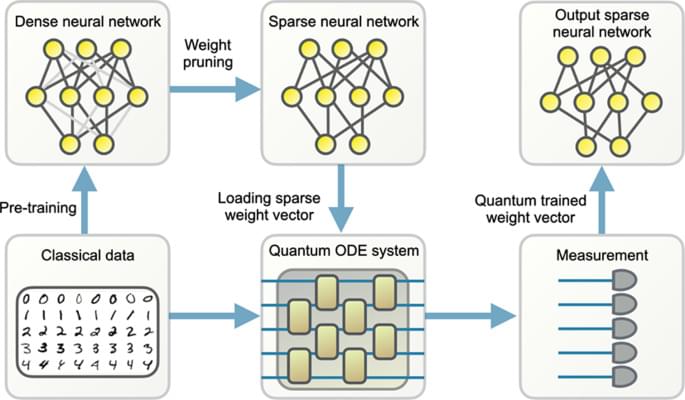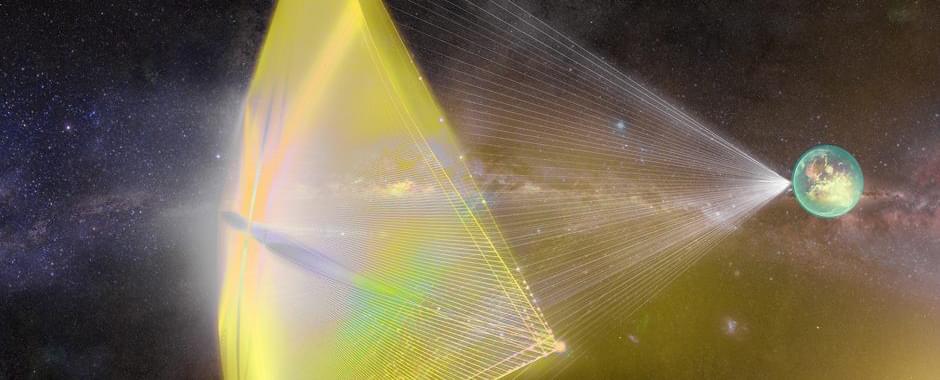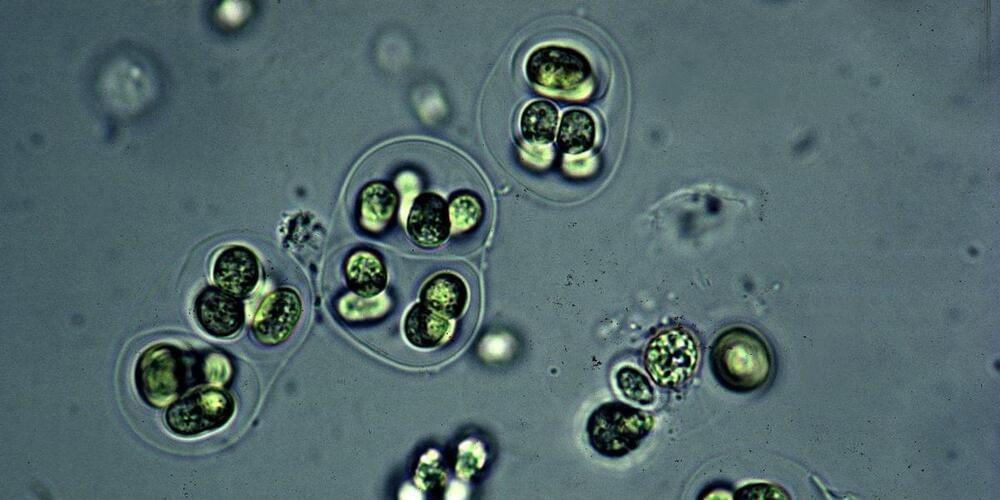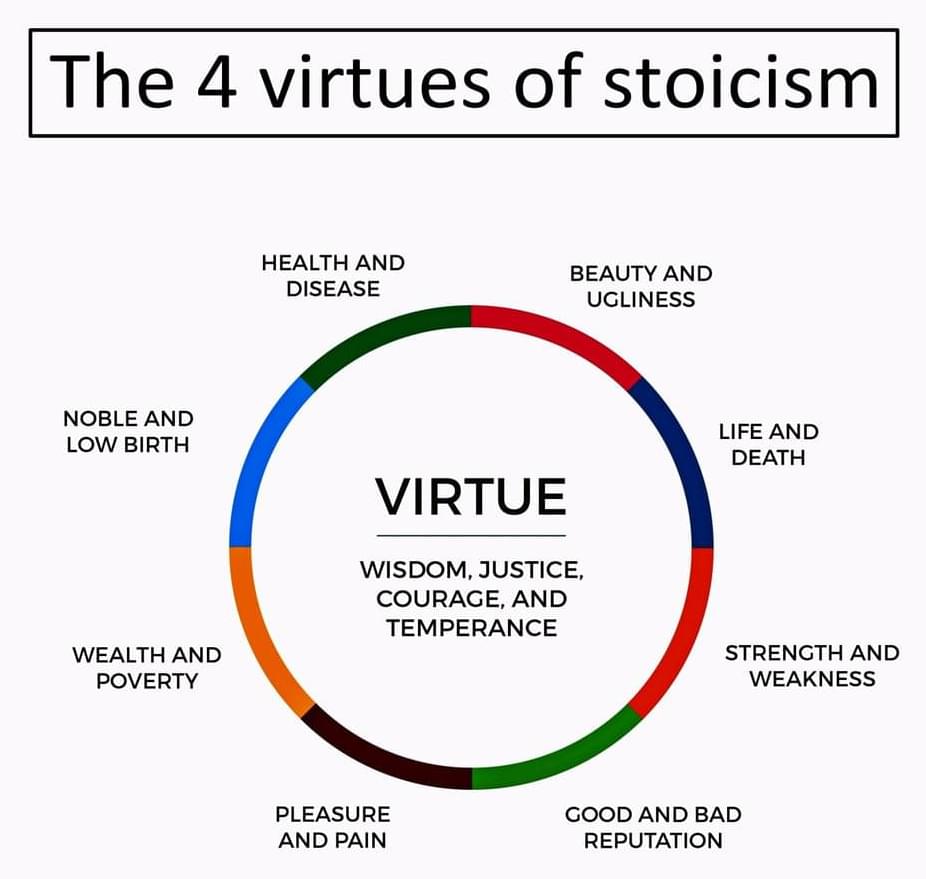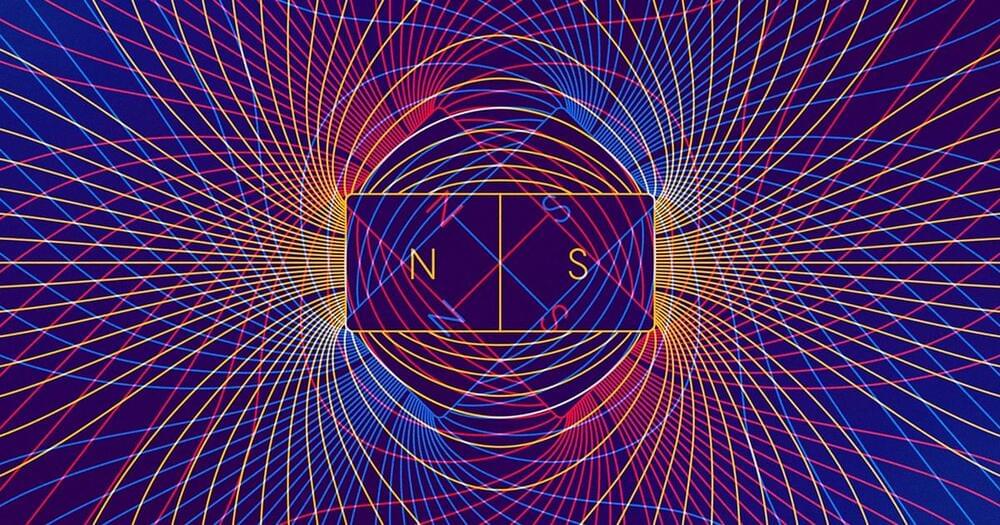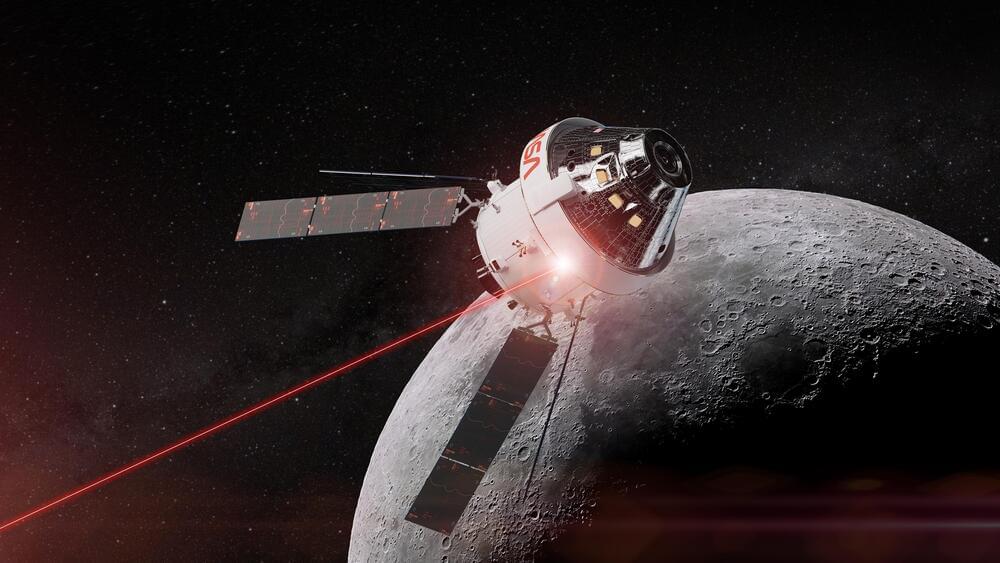NASA is working with private industry partners and small businesses under Artemis to produce scalable, affordable, and advanced laser communications systems that could enable greater exploration and discovery beyond Earth for the benefit of all.
Laser, or optical, communications provide missions with increased data rates – meaning that missions using laser technology can send and receive more information in a single transmission compared with those using traditional radio waves. When a spacecraft uses laser communications to send information, infrared light packs the data into tighter waves so ground stations on Earth can receive more data at once. Laser communications systems can provide 10 to 100 times higher data rates than the radio systems used by space missions today.
As science instruments evolve to capture high-definition data, missions will need expedited ways to transmit information to Earth. It would take roughly nine weeks to transmit a complete map of Mars back to Earth with current radio frequency systems. With lasers, it would only take about nine days.
